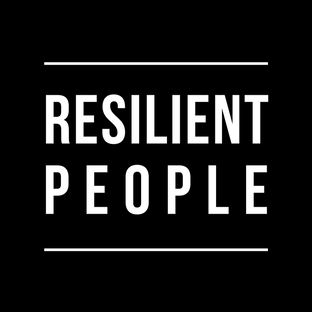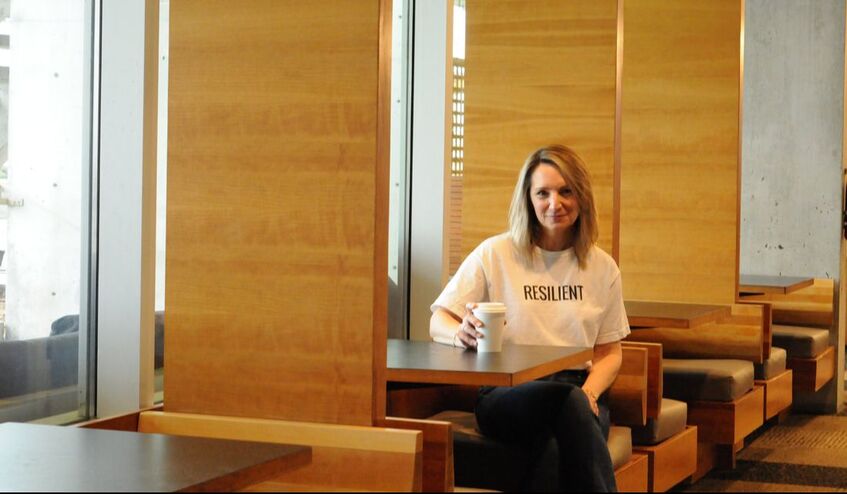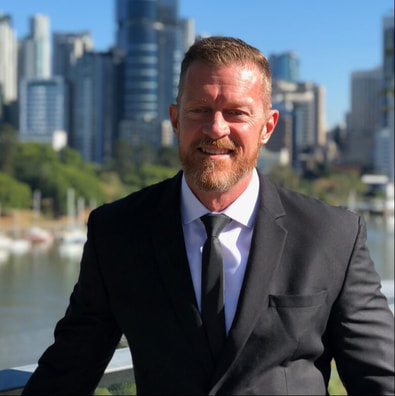ABOUT RESILIENT PEOPLE
Hi there and thanks for stopping by.
RESILIENT PEOPLE began in 2016 as a way for me to connect with regular people who are admired for their resilience and inspire others with their stories.
At the time, my husband Adam and I were in the fight for his life after a terminal brain cancer diagnosis.
With many hours, days and years spent at The Odette Cancer Centre at Sunnybrook Health Sciences Centre in Toronto, I started a blog about resilience.
This led to a podcast, fundraising campaign for brain tumour patients and caregivers, public speaking opportunities as well as selling RESILIENT t-shirts.
If you have a story of resilience to share - and would like to be on the podcast - go to the Contact page and I hope to meet you soon.
RESILIENT PEOPLE began in 2016 as a way for me to connect with regular people who are admired for their resilience and inspire others with their stories.
At the time, my husband Adam and I were in the fight for his life after a terminal brain cancer diagnosis.
With many hours, days and years spent at The Odette Cancer Centre at Sunnybrook Health Sciences Centre in Toronto, I started a blog about resilience.
This led to a podcast, fundraising campaign for brain tumour patients and caregivers, public speaking opportunities as well as selling RESILIENT t-shirts.
If you have a story of resilience to share - and would like to be on the podcast - go to the Contact page and I hope to meet you soon.
Former Australian police officer builds resilience in other first respondersShaun O'Gorman is an author, motivational speaker, father, and a former police officer in Queensland, Australia.
Growing up in a police family, Shaun knew from a very young age what he aspired to be when he got older. But he wasn't aware of how much this profession would change him. Witnessing horrific events and drama of day to day life, he struggled for a long time with PTSD, attempted suicide and eventually left the police force. It took a lot of personal development to get to his best self. Now Shaun found a purpose in speaking to audiences, police academies, military, first responders, athletes and schools about his struggles and his goal is to help people to cope with life’s hardships and build resilience. |
A few from past seasons to get you started
|
It's truly impossible for me to answer the question, "Who has been your favourite guest on RESILIENT PEOPLE?"
I've been so grateful to meet the many individuals who have shown their incredible fortitude following life's biggest challenges and intimately shared their stories with me. But here are some of the conversations that I'd like for you to listen to and share with your community. And as always, keep sharing with me who your favourites have been. |
|
Proudly powered by Weebly






